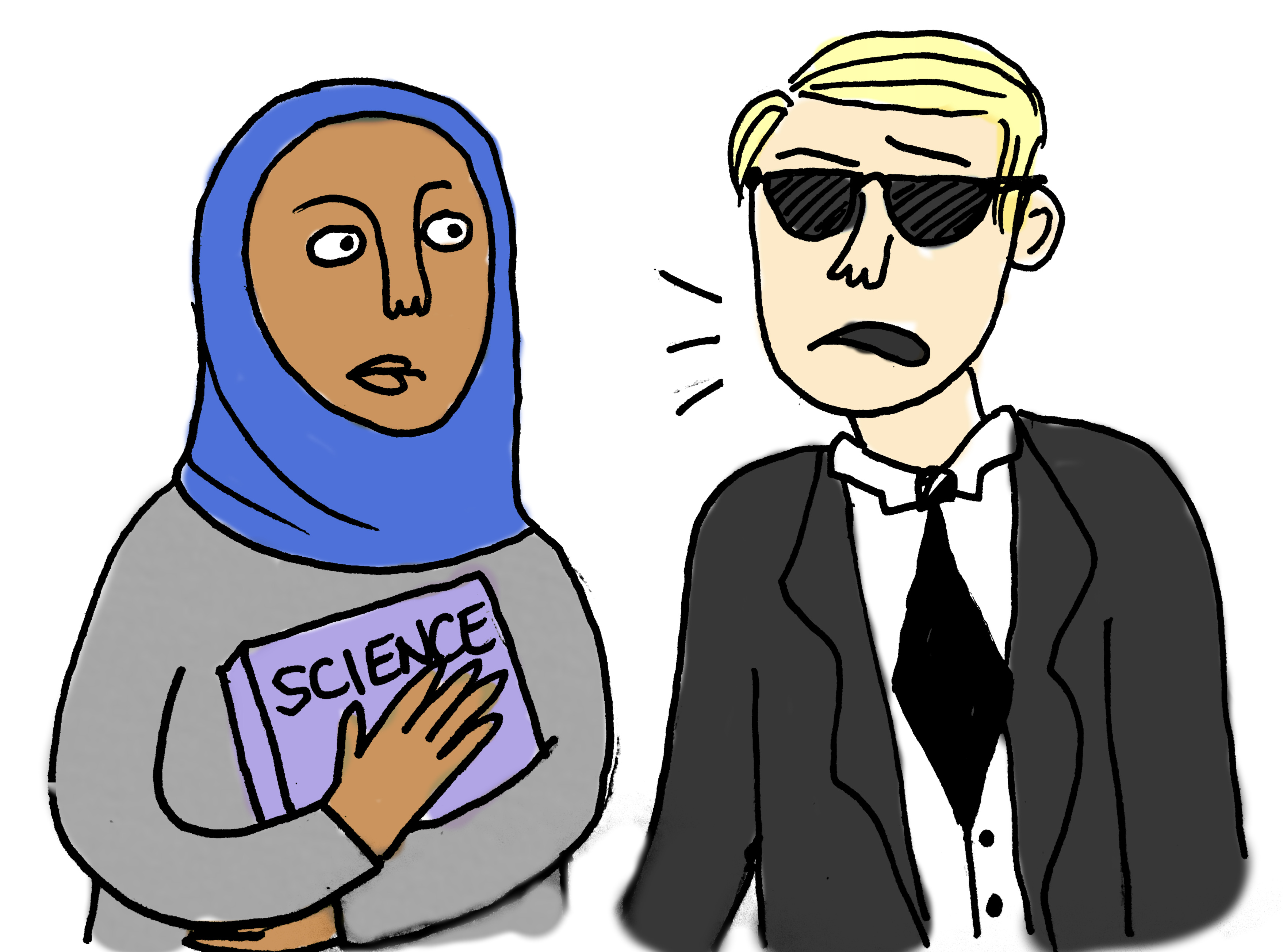“You are such a beautiful woman. Why do you have to wear this thing on your head?”
This was a question I was asked one fine afternoon, as I sat down to eat lunch in a restaurant after I dropped off my husband for a meeting in downtown Toronto to discuss the battle around Bill 21 (ironically).
Bill 21 is the law in Quebec which makes it illegal for someone wearing a hijab to work in public service.
I explained to this gentleman that I wear the hijab for the same reason he pointed out. I don’t want to be categorised for the way I physically look. Like many women, I have been told I am gorgeous and I have been told I am ugly. As a woman, my hijab is a constant reminder that it’s none of anyone’s business how I look.
Immediately afterwards, he asked, “Would your husband be mad that you are talking to me right now?” I found that follow-up question even more strange than the first.
In hindsight, I think it was because there was an underlying assumption that my husband is somehow responsible for me wearing my hijab. Or, that he’s asked me to wear the hijab. I wish I told him the obvious reason why I wear a hijab. I always think it is so obvious that I seldom mention it.
I wear it because I am a Muslim and I believe in God. I try to live my life according to no woman or man or power other than the standards set by God, and this frees me.
I am in the middle of writing a research paper on orientalism for my art history course at Carleton. In the 19th century as colonists interacted with the ‘orient’ or the East, they presented it as erotic, mysterious, exotic and fantastical.
Edward Said explains there is very little consent to be found in these representations, and that it has less to do with the orient than it has to do with the domination and alleged superiority of the power that it’s representing.
This theory applies to my hijab and Bill 21 as much as it applies to representations of other cultures in the context of the American-European narrative, which ex-senator Céline Hervieux-Payette, arguing in favor of the bill, neatly summarized during the hearings around the bill. “The veil is a detail. What goes with it is circumcision [and] forced marriage at 14 and 15 years of age,” she said.
My veil is not considered erotic or fantastical as it was in the 19th century. Rather, it is a symbol of oppression and I am to remove it to truly be free.
I am not arguing that Muslim women always live in a state of constant kumbaya, and that we are all empowered. No doubt, there are women who are used and abused in the name of religion and culture. I stand with my sisters as they march against oppression.
However, the Quebec government and people who support their narrative, have clearly made up their mind on what religion represents and are not interested in any dialogue from the actual people involved.
Muslim women apparently can’t do something of their own will. They are to be saved, told what to do, and instructed on how to be free. Just as the orientalist novelist Flaubert represented the dancer Kuchuk Hanem as a typical orientalist woman, Said points out that she never spoke of herself, or represented her emotions, presence, or history.
But just as orientalism was a movement in which people in power painted a picture of “the Other,” Bill 21 is a similar tool. It utilizes power to dominate a narrative, that women who wear the veil are oppressed and backward. This is the level of orientalist mythology which accompanies pieces of legislation such as Bill 21.
Following International Women’s Day, we should be thinking about the cause of this supposed oppression.
This bill that seeks to lift women out of oppression does the opposite. It oppresses veiled women and others who wear religious symbols. Just as orientalism was about power than about representation, so is Bill 21.
File photo.






